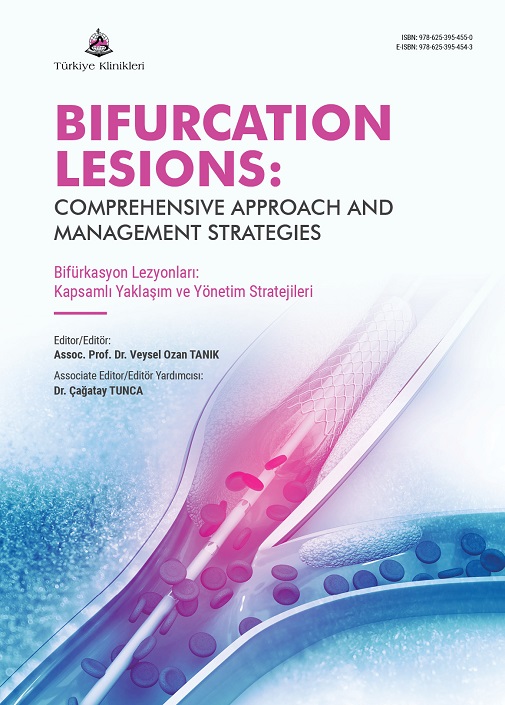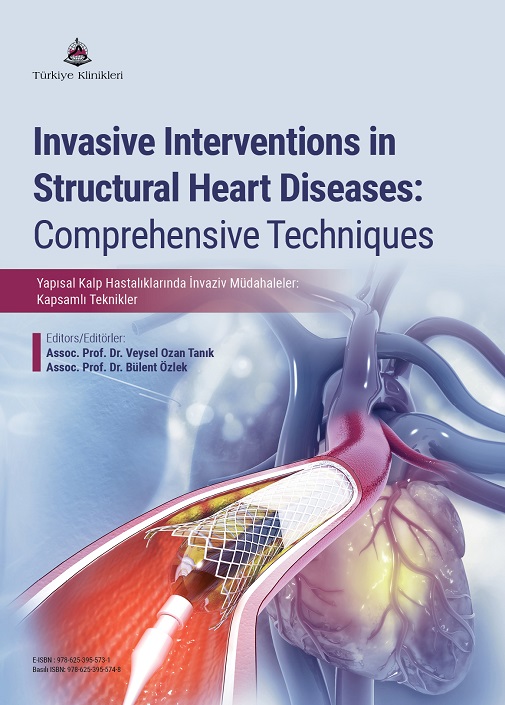
Medical science continues to evolve each day with new knowledge and technologies, achieving significant advancements in protecting and treating human health. Cardiology, as one of the pioneers of these developments, has introduced numerous inno- vations into clinical practice. In particular, interventions targeting bifurcation lesions in the treatment of coronary artery diseases remain a field open to continuous progress and innovation due to their complex nature and the challenges in treatment approaches.
This book aims to address a wide spectrum of topics, from the fundamental principles of bifurcation interventions to the most current applications. The classification of bifurcation lesions, along with the specialized materials and imaging modalities used in interventions, as well as the stenting techniques to be applied to bifurcation lesions in light of current guidelines, have been addressed step by step and in detail. While creating this book, by bringing together the valuable knowledge and experience of expert physicians in the field, we aimed to provide a practical guide that will serve as a reference in clinical practice. Each chap- ter has been meticulously prepared to help readers both update their theoretical knowledge and find support in their clinical deci- sion-making processes.
This book is designed to cater to a broad audience, ranging from physicians specializing in cardiology training to cardiology experts seeking to keep their professional knowledge up to date.
As the editor, it has been a great honor for me to carefully re- view each chapter of this book and present it as a cohesive whole. I owe my deepest gratitude to all the authors and colleagues who contributed scientifically to the preparation of this book.
With love and respect,
Assoc. Prof. Dr. Veysel Ozan Tanık
Ankara Etlik City Hospital, Department of Cardiology,
Ankara, Türkiye

Invasive treatment strategies for structural heart diseases represent one of the most dynamic and rapidly evolving domains in cardiovascular medicine. Recent advancements in procedural technologies, combined with an expanding body of clinical evidence, have significantly reshaped our approach to these complex conditions. This book is designed to provide both practicing cardiologists and fellows with a comprehensive and structured review of modern invasive techniques in the management of structural heart disease.
Each chapter incorporates up-to-date literature, technical detail, clinical decision-making strategies, and real-world experience. The book covers a wide range of procedures including transcatheter valve interventions (such as TAVI and MitraClip), left atrial appendage closure, septal defect repair, and paravalvular leak interventions. From anatomical assessment to procedural execution and long-term outcomes, each topic is addressed in a step-by-step format intended to bridge the gap between theory and practice. As such, this work aims to serve as an integrated guide across all phases of interventional decision-making.
Assoc. Prof. Dr. Veysel Ozan Tanık
Ankara Etlik City Hospital, Department of Cardiology,
Ankara, Türkiye
Assoc. Prof. Dr. Bülent Özlek
Muğla Sıtkı Koçman University, Faculty of Medicine,
Department of Cardiology,
Muğla, Türkiye
